The best eco-friendly straw: comparing straw alternatives
It seems like the world needed a bio-based, eco-friendly, and mass-producible straw years ago. One that doesn’t get soggy or break causing a choking hazard for young children. Take a look at the straw alternatives below and choose the best one for your business or personal use.
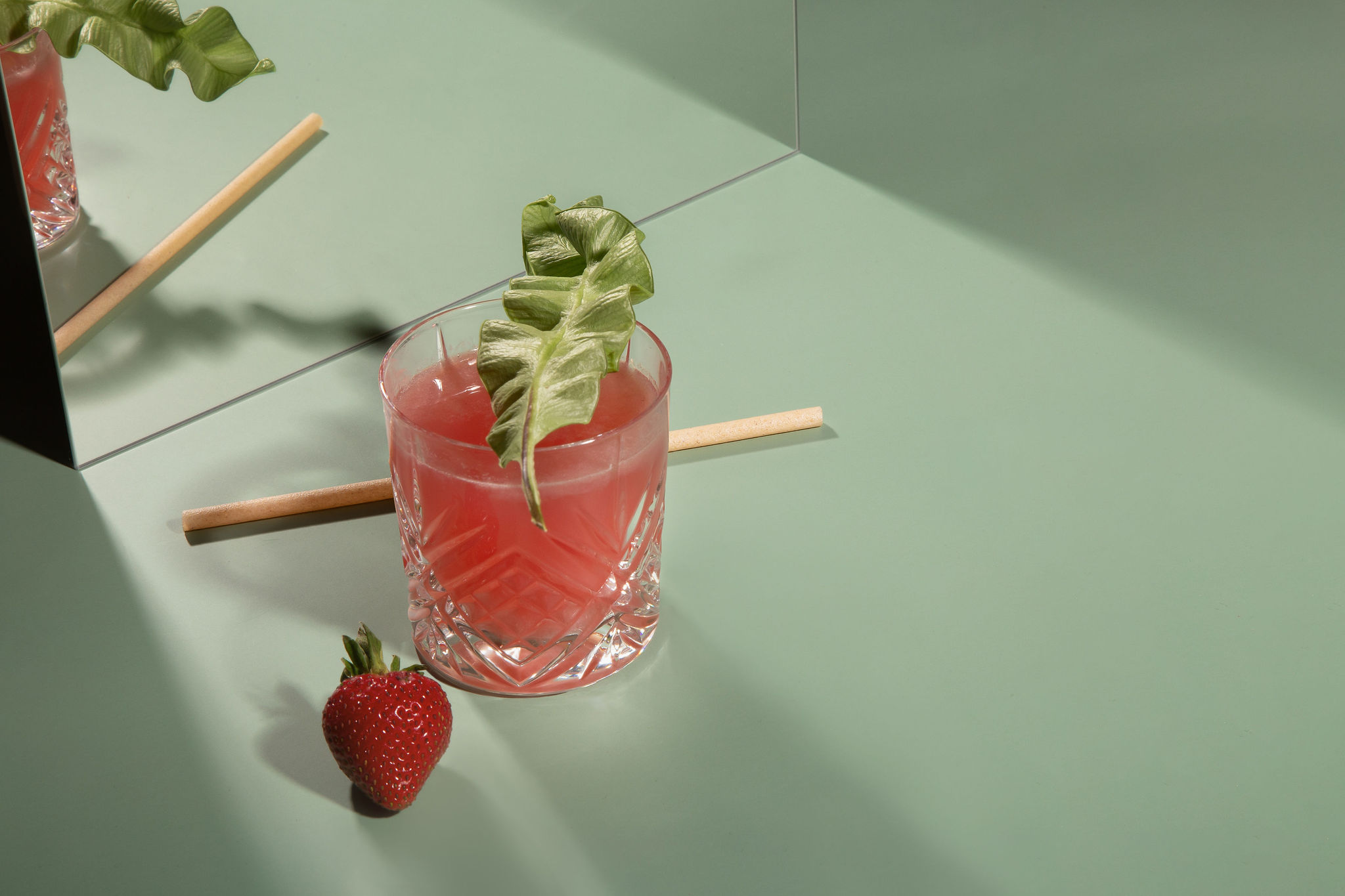
Would you like to have a straw with your drink?
Most of the time, we don’t really need a straw with our drink, but we do like it. You’re not imagining it – cold drinks really taste better with a straw. Sipping just a bit at a time lets the drink melt in your mouth faster and release more flavor as it warms. Not to mention avoiding the brain freeze of gulping a milkshake straight from a glass. And the convenience of juice boxes for kids, can you imagine going without them when you are on the go with young children?
That’s why billions of disposable straws are consumed every week. They’re used in fast food outlets, takeaway and home delivery, as well as in hotels and poolside bars. Replacing them with a bio-based, eco-friendly straw would have a huge environmental impact. So, how do various straw alternatives compare to each other?
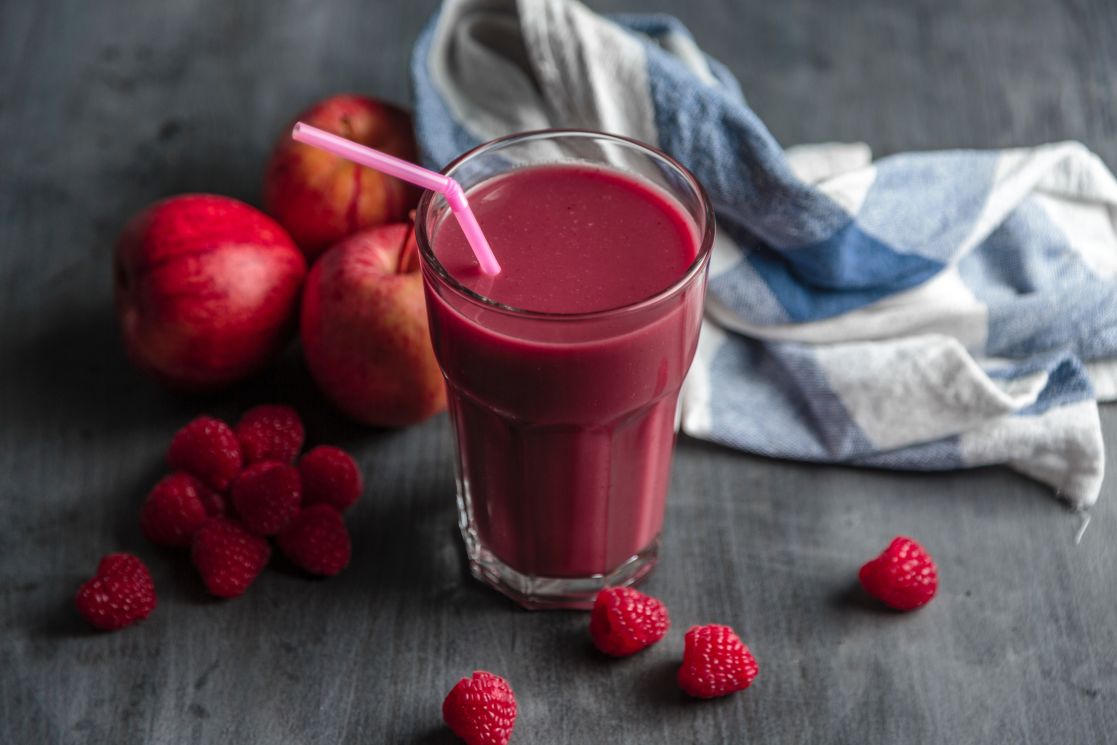
Alternative 1: Plastic straws
Plastic is popular in manufacturing since it’s moldable and durable. Yet, this durability is also its biggest flaw when it comes to environmental impact – especially products that can be used only for a few seconds and then thrown away. Plastic production is a high-waste process with a huge carbon footprint.
Many plastic straws end up in the wrong place like the airways of marine animals. If nothing changes, the weight of plastic in oceans will rival that of fish by 2050. Even if plastic straws end up in a landfill, rain, sun and mechanic wear break them into microplastics. Eventually, these microplastics leach into our food chain and cause many kinds of health issues.
There’s a growing demand for more sustainable straw alternatives. What are the best eco-friendly alternatives to plastic straws then?
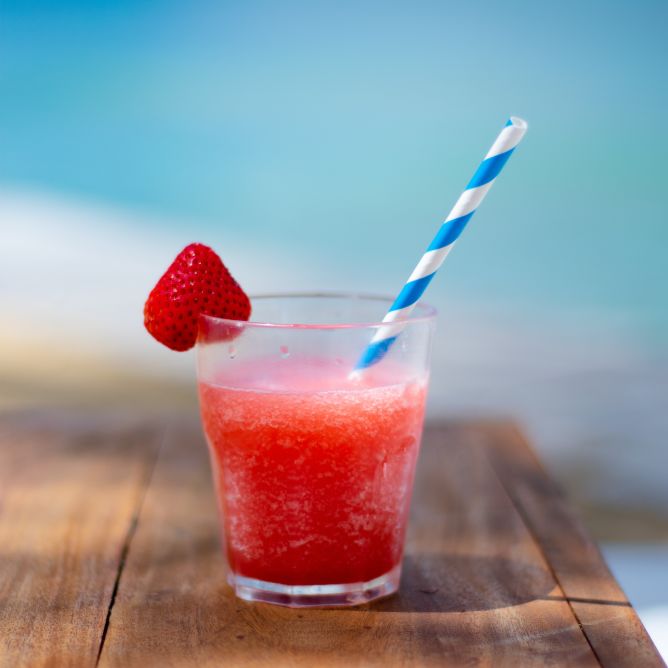
Alternative 2: Paper straws
Paper straws are a popular eco-friendly option to traditional plastics. However, they’re not the most convenient ones to use. We’ve all been there, done that, and got frustrated. Paper straws turn into mush. They can even become a choking hazard for small children.
Paper straws are cute and colorful but at a price. Paper is not as extensively regulated for food contact as plastics. To hold their form, paper straws always contain glue, which can break into microplastics. The colorful ones also contain dye. These chemicals can dissolve in your drink and may even be harmful to your health. According to recent studies, many paper straws, in fact, contain alarmingly high concentrations of so called forever chemicals (Per- and polyfluoroalkyl substances, PFAS), some of which have been linked to an increased risk of cancer, reproductive disorders, hormonal disruption, and weakening of the immune system along with other health hazards. Sulapac straw has been tested for PFAS compounds in an independent laboratory (ISO/IEC 17025 certified) based on CEN/TS 15968 test method. No PFAS compounds were detected from Sulapac straws.
At the end of the day, paper straws are single-use and disposable. You can’t use the same paper straw over and over. In fact, you can’t use it in a single drink for ten minutes only before it gets soggy and useless.
So, think carefully if offering paper straws is in line with your brand’s overall goals. Are mushy straws really meeting your sustainability goals or complementing a fresh drink in the poolside restaurant of a five-star hotel?
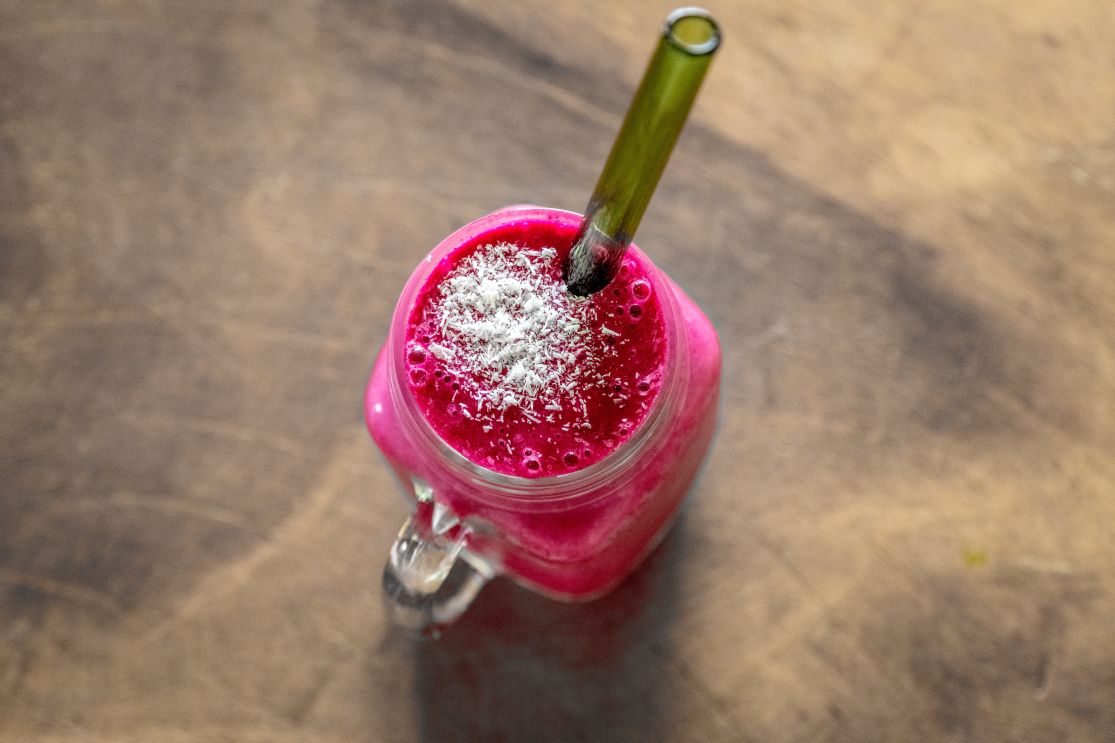
Alternative 3: Glass, steel, or bamboo straws
Glass, steel, and bamboo all have the advantage of not becoming mushy. They’re also washable and can therefore be used over and over.
However, there’s a drawback. Glass straws are highly breakable, and a stainless-steel straw can scratch and even chip or crack a tooth. Both straws are slim in their diameter and while they can be washed in a dishwasher, they might need a small brush for thorough cleaning.
Bamboo straws, on the other hand, tend to have a woody or grassy taste. They’re also the hardest to clean and can’t be washed in a dishwasher.
All these alternatives can be ideal at home but inconvenient in a restaurant or a hotel. They have a high price point and brushing, and cleaning glass, steel, and bamboo straws would require a lot of water and staff resources.
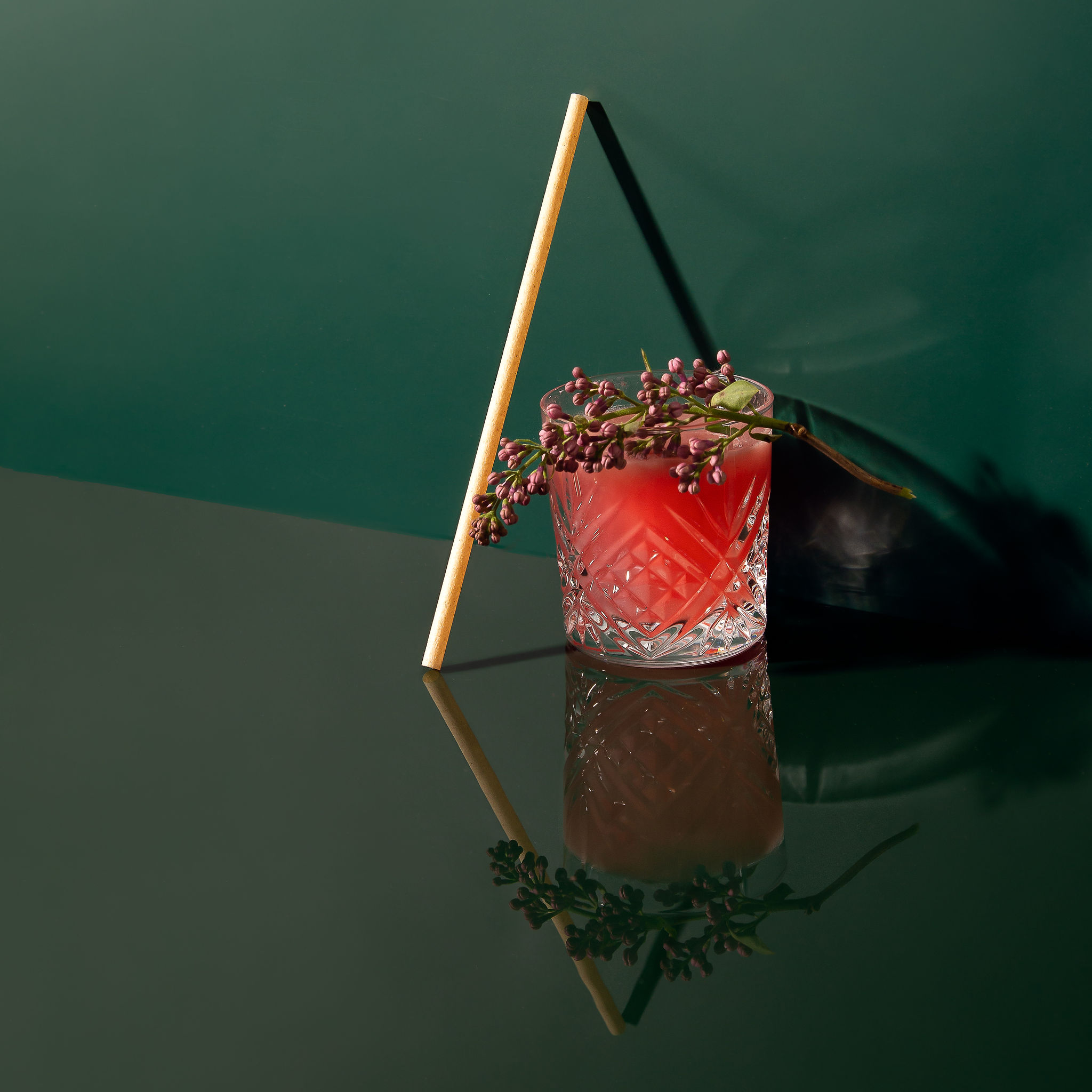
Alternative 4: Eco-friendly Sulapac straws
It seems like the world needed truly sustainable, mass-producible, and fully functional straws years ago. That’s why we created the Sulapac straws.
Made from sustainably sourced wood chips and plant-based binders, the Sulapac straw biodegrades without leaving permanent microplastics behind. It can be chemically recycled and it is also suitable for industrial composting. If a straw made of Sulapac ends up in a landfill, or in the environment for some unfortunate reason, naturally occurring micro-organisms can digest and transform it into CO2, H2O, and biomass in a similar timeframe as a natural leaf. As mentioned, Sulapac straw has gone through standardised tests regarding PFAS and zero such compounds were detected.
When it comes to regulation, Sulapac’s material is treated like traditional plastic. It is FDA and EU food and safety contact approved. Unfortunately, for this reason, the EU’s Single-Use Plastics Directive has also banned it, even though it is designed to replace conventional plastic. Luckily, there are regions that support novel sustainable materials, even within the EU, like Italy.
What is best, the Sulapac straw material can be used with existing extrusion machinery, allowing large-scale production, unlike e.g. paper straws. Sustainability and functionality combined with the natural look and feel is why several luxury hotels in the United Arab Emirates have chosen Sulapac straws in restaurants and bars, in-room dining services and takeaway options.
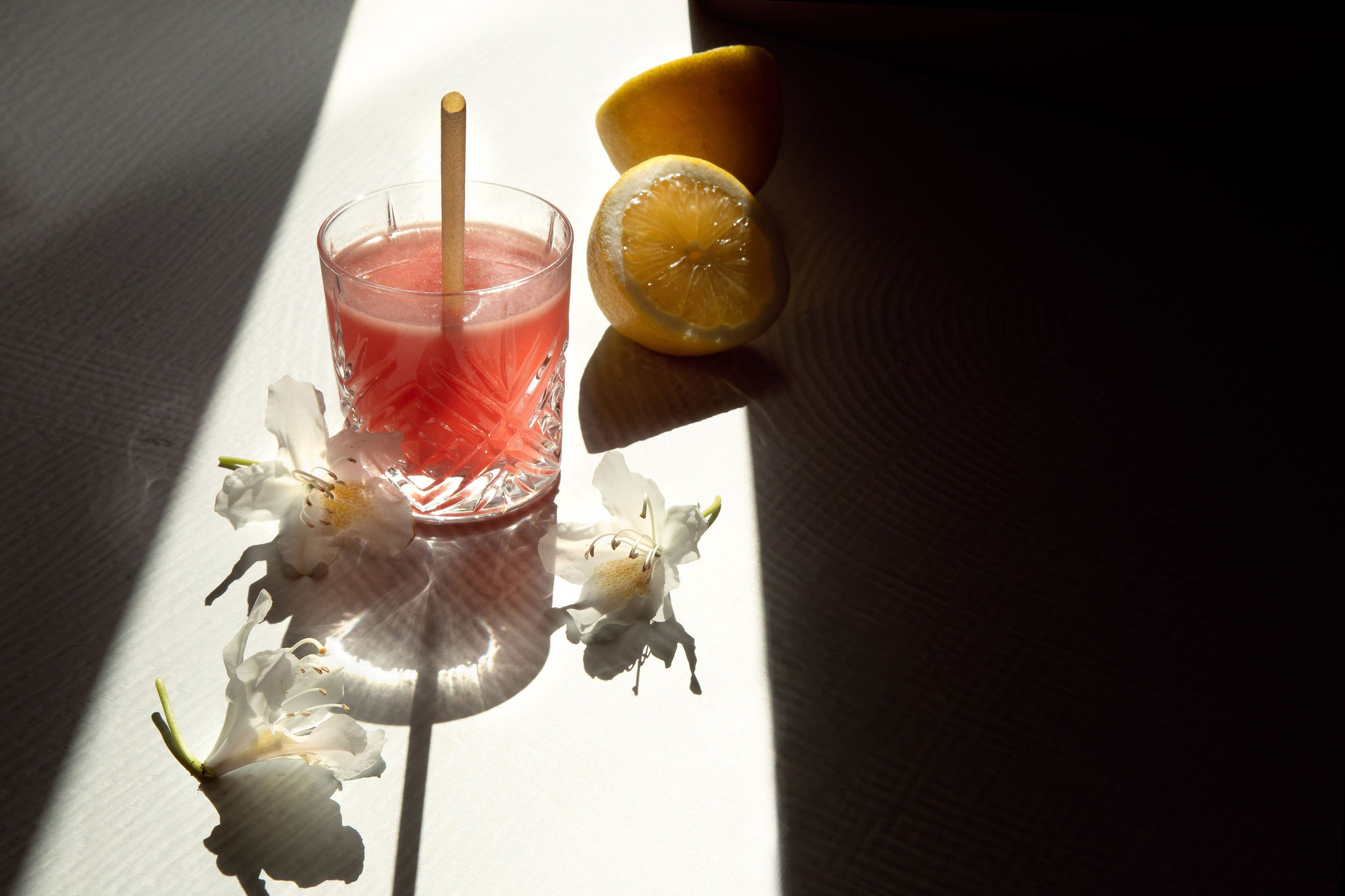
Compare straw alternatives at a glance

Curious to try it out? Learn more about Sulapac straws and order a free sample.